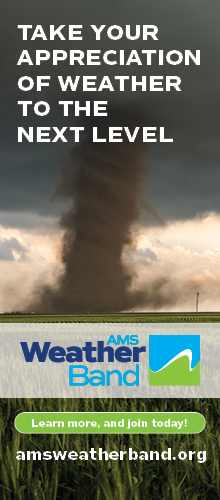“Who cares about fixing the problem? We’re too busy fixing the blame.” – origin unknown.
“A man can fail many times, but he isn’t a failure until he begins to blame somebody else.” – John Burroughs.
Want a synonym for attribution? How about blame?
Some reflection…
John Burroughs (1837-1921) was an American naturalist and essayist – more a nature writer than a scientist. Though he’s not well-known nowadays, he’s considered an important figure in the conservation movement.
Interestingly, he did no better than many writers of today when it came to avoiding debate and argument. An excerpt from the Wikipedia article, quoted here, gives the background: “In 1903, after publishing an article entitled “Real and Sham Natural History” in the Atlantic Monthly, Burroughs began a widely publicized literary debate known as the nature fakers controversy. Attacking popular writers of the day such as Ernest Thompson Seton, Charles G. D. Roberts and William J. Long for their fantastical representations of wildlife, he also denounced the booming genre of “naturalistic” animal stories as “yellow journalism of the woods”. The controversy lasted for four years and involved American environmental and political figures of the day, including President Theodore Roosevelt, who was friends with Burroughs.”
Turns out the writers of Burroughs’ day were imbuing all manner of animals with human traits. Burroughs decried this. The Wikipedia article on the nature fakers controversy provides more detail. The last paragraph of that entry caught my eye: “The constant publicity given to the debate contributed to a growing distrust of the truthfulness of popular nature writing of the day, and often pitted scientist against writer. The controversy effectively ended when President Theodore Roosevelt publicly sided with Burroughs, publishing his article “Nature Fakers” in the September 1907 issue of Everybody’s Magazine. Roosevelt popularized the negative colloquialism by which the controversy would later be known to describe one who purposefully fabricates details about the natural world. The definition of the term later expanded to include those who depicted nature with excessive sentimentality.”
Participants in century’s climate change discussions and those of us who read and follow them may be excused for feeling a certain déjà vu.
______________________
Given the geographical extent and the numbing duration of this summer’s heat and drought, it’s not surprising to see the media attention given to the cause of such extremes. It’s also not surprising that the $64 dollar question is whether and/or the extent to which climate change caused by greenhouse gas emissions is the culprit. [See, for example, the post Climate and Weather Extremes: asking the right questions, in the AMS blog, The Front Page, and the links therein.] There’s room for disagreement, but actually it seems that the tone and the content of much of the dialog, on all sides, is sensible. This is refreshing in itself.
Of course, when it comes to the heat and drought, what matters is not just where the blame lies per se, but what you and I might do to reduce our vulnerability and build our resilience to such threats.
To start, we might do well to own John Burroughs’ advice…place any blame that might need a home on our own shoulders…and thereby focus on actions we (versus anyone else) might take. So, for example, if we are convinced that greenhouse warming change caused or exacerbated by human fossil fuel emissions is behind the summer’s statistics, then instead of being quick to point fingers at others for footdragging on mitigation we might look inwardly to see how we could do more to be the change we want to see in the world – to conserve energy, willingly submit to carbon taxes, support afforestation and other offsets, pursue innovative technological fixes such as development of renewable energy sources, carbon sequestration and geo-engineering, etc. If we’re right, others will increasingly follow our lead.
If, on the other hand, we’re convinced that what we’re seeing falls within the range of natural variability, we’re still not off the hook. It’s clear that the scale and degree of our vulnerability as communities and society are mounting. We might fruitfully ask whether as a nation and as individuals we’re doing all we should to conserve water, build fewer combustible homes in the midst of flammable wildlands, take the architectural measures needed to reduce our dependence on air conditioning, and all the rest. Again, we should act.
The blogosphere is bursting with ideas.
It’s important and useful to understand both the natural and social contributions to this hot, dry summer and the discomfort we’re all experiencing. By all means let’s pursue that. Let’s continue to work together to tease apart the separate threads of (i) greenhouse gas emissions, (ii) a revisiting of extremes that are commonplace over geologic time spans but maybe missing from our (much shorter) historical record, (iii) and the impact of population increase, urbanization, and social change. Let’s make the effort needed to weave these contributions together into a coherent narrative.
But the reality is, each of us can stand to cope more effectively than we do with extremes of heat and drought, the associated damage to natural and managed ecosystems, and impacts on water resources. And whether the impacts result from climate change, or reflect natural variability, or stem from increasing societal vulnerability, or some blend of the three, we’re likely to achieve a happier outcome if we act decisively than if we just heap blame and accusation on each other while waiting for things to blow over.

